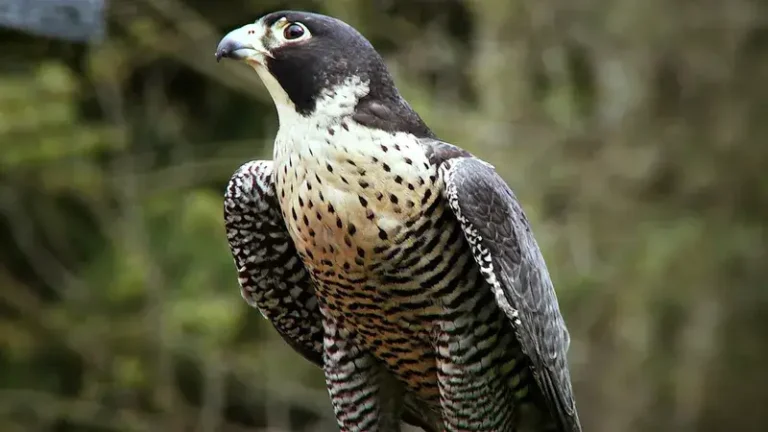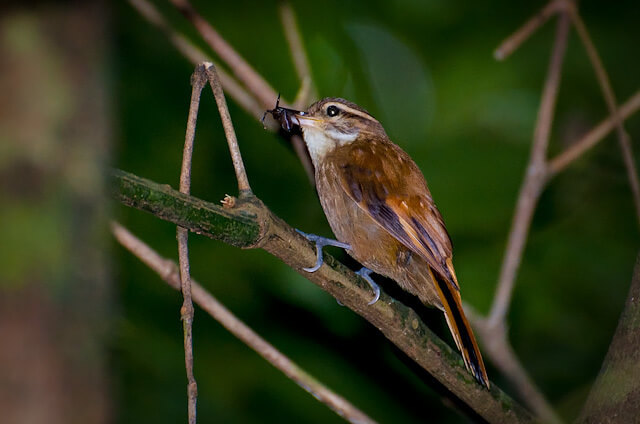The Marabou Stork: Nature’s Unique Scavenger
The marabou stork, scientifically known as Leptoptilos crumenifer, is a fascinating bird that captures the imagination of bird enthusiasts and casual observers alike. With its impressive wingspan, striking physical features, and unique behaviors, this scavenger plays a significant role in its ecosystem. Found predominantly in Africa, the marabou stork is often associated with wetlands and urban areas, where it adapts to a variety of habitats.
In this article, we will explore the marabou stork’s scientific classification, physical characteristics, habitat, behavior, diet, reproduction, predators, conservation status, and its relationship with humans.
Contents
Scientific Classification
The marabou stork belongs to the family Ciconiidae, which includes storks and herons. Below is its scientific classification:
- Kingdom: Animalia
- Phylum: Chordata
- Class: Aves
- Order: Ciconiiformes
- Family: Ciconiidae
- Genus: Leptoptilos
- Species: L. crucifer
Physical Characteristics

The marabou stork is notable for its distinctive appearance:
- Size: It is one of the largest stork species, standing about 1.2 to 1.5 meters (4 to 5 feet) tall with a wingspan that can exceed 2.6 meters (8.5 feet).
- Coloration: Adults have a predominantly white body, with a dark, bald head and a long, hooked bill. The neck features a large, fleshy pouch that can expand and is used during courtship displays.
- Feet and Legs: It has long, thin legs adapted for wading in shallow waters. Its feet are designed for walking rather than perching.
Habitat
Marabou storks inhabit a variety of environments, including:
- Wetlands: They are often found in swamps, marshes, and rivers, where they can easily find food.
- Urban Areas: Marabou storks have adapted well to urban environments, scavenging in landfills and near human settlements.
- Savannas and Grasslands: They also frequent open grasslands, where they hunt for small animals and forage for carrion.
Behavior
The marabou stork is a social bird, often seen in large colonies:
- Social Structure: They are typically seen roosting in groups in tall trees or on cliffs. Their social behavior includes vocalizations, courtship displays, and the use of their large pouches during mating rituals.
- Flight: Marabou storks are powerful fliers, using thermals to glide effortlessly across vast distances in search of food.
Diet
As scavengers, marabou storks have a diverse diet:
- Carrion: They primarily feed on dead animals, including fish, small mammals, and birds. Their keen eyesight allows them to locate carrion from great heights.
- Invertebrates: They may also consume insects and other invertebrates found in wetlands.
- Waste: In urban areas, marabou storks scavenge for human food waste, making them adaptable to human environments.
Reproduction
Marabou storks have distinct reproductive behaviors:
- Breeding Season: Breeding usually occurs during the wet season when food is abundant.
- Nesting: They build large nests in trees or on cliffs, using sticks and vegetation. Nests can be quite heavy and may be reused year after year.
- Eggs: The female typically lays 2 to 5 eggs, which both parents incubate for about 30 days. The chicks are altricial, meaning they are born helpless and require parental care.
Predators
While adult marabou storks have few natural predators, they face threats from:
- Humans: Habitat destruction and hunting pose significant risks to their populations.
- Predation of Eggs and Chicks: In nesting colonies, eggs and chicks may be vulnerable to birds of prey and other predatory animals.
Conservation Status
The marabou stork is currently classified as Least Concern by the IUCN Red List. However, local populations may be declining due to:
- Habitat Loss: Urbanization and land conversion for agriculture can reduce suitable habitats.
- Pollution: The contamination of wetlands can negatively affect their food sources.
- Climate Change: Changing weather patterns can impact their breeding success and food availability.
Interesting Facts
- The marabou stork is sometimes referred to as the “undertaker bird” due to its resemblance to a funeral director in appearance.
- Despite its somewhat unattractive looks, the marabou stork is an important part of the ecosystem, helping to clean up carrion and waste.
- The fleshy pouch on its neck plays a role in thermoregulation, helping the bird stay cool in hot climates.
Evolutionary History
The marabou stork’s evolutionary lineage can be traced back millions of years, evolving alongside other stork species. Its adaptations for scavenging and wading in diverse habitats highlight the bird’s resilience and ecological importance.
Relationship with Humans
The marabou stork has a complex relationship with humans:
- Cultural Significance: In some African cultures, the marabou stork is seen as a symbol of death and is often featured in folklore and art.
- Adaptability: Their ability to thrive in urban environments showcases their adaptability, but this can lead to conflicts with humans, particularly in areas where they scavenge for food.
Conclusion
The marabou stork is a remarkable bird that plays a crucial role in its ecosystem as a scavenger. With its distinctive physical characteristics, fascinating behaviors, and adaptability to various habitats, it is a true marvel of nature. Understanding the biology and ecology of the marabou stork is essential for promoting its conservation and ensuring that future generations can appreciate this unique bird. Whether soaring gracefully through the sky or scavenging along riverbanks, the marabou stork continues to captivate the hearts of those who encounter it.
- Golden Retriever Pros and Cons: What Every Pet Parent Should Know - 15 September 2025
- Cane Corso Dog Breed: Health, Care, and Lifespan - 14 September 2025
- Catahoula Leopard Dogs: Description, Temperament, Lifespan, & Facts - 21 July 2025







